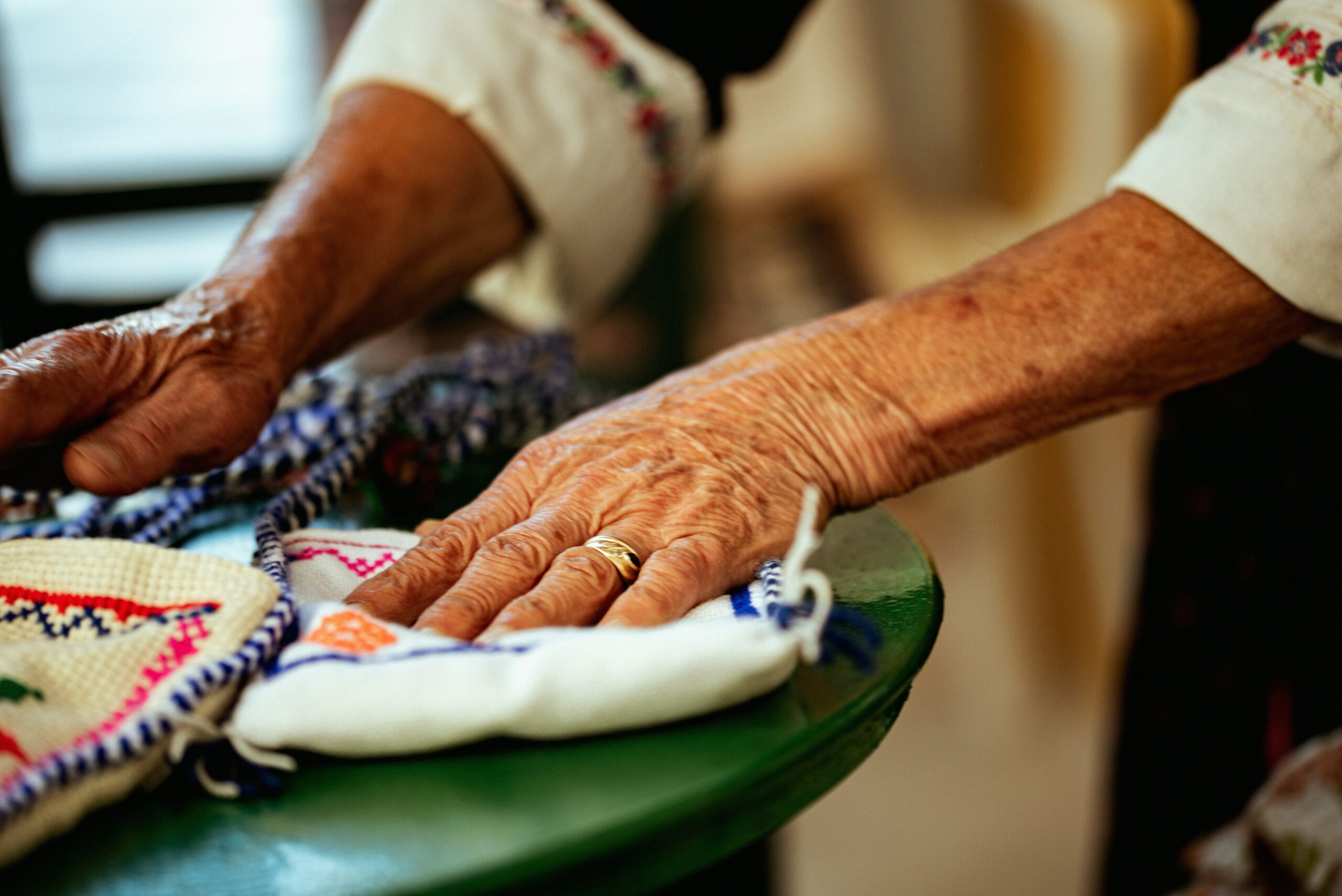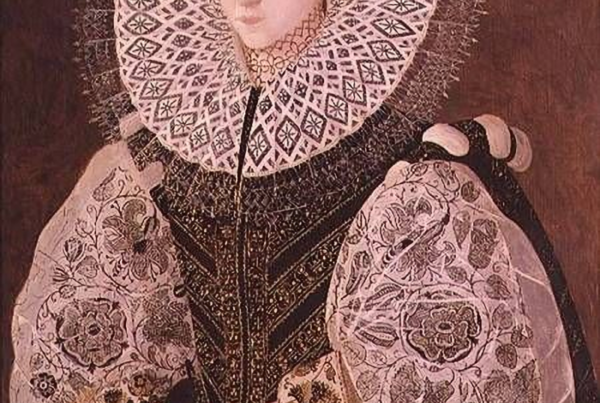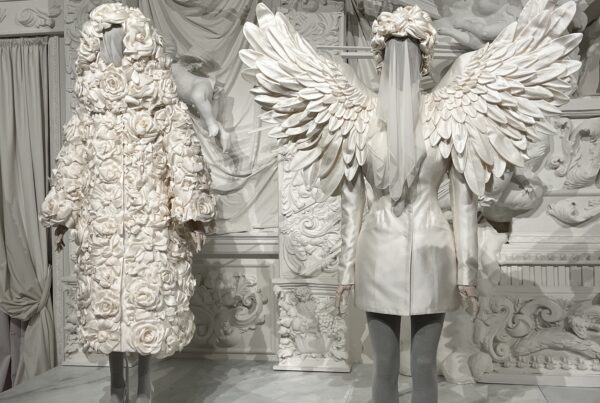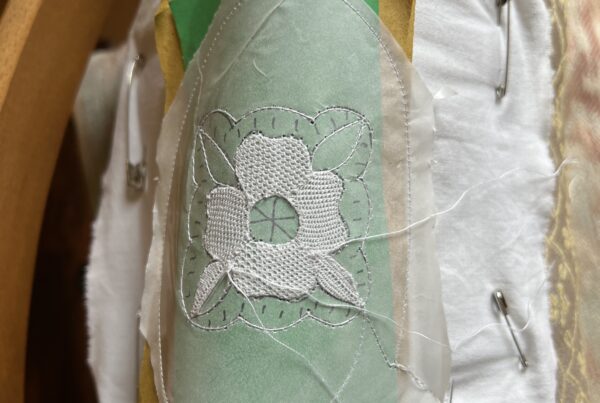As a person who enjoys reading almost as much as I enjoy embroidery, I have an extensive collection of books on this topic, some of which shaped the way I work every day.
I have to say, though, that not one of the books I have on needlework and costume history comes close to Threads of life by Claire Hunter. To say that this is my favorite book is a euphemism, since this book speaks to my very soul.
In Threads of life, the author, Clare Hunter, who is an embroidery artist, exhibition curator and banner maker based in Glasgow and who has been involved with textiles for more than thirty years, goes through human history studying how embroidery shaped it.
In this book she focuses on a lot of topics that relate deeply with the human experience, like religion, journeys, protection of our loved ones, rebellion, mental health, superstition, art and many others.
Every chapter explores a different topic and the thing that I love most about this book is the way she ingrains her passion for this art form in every word, like you could feel it through the pages. Clare Hunter also studies embroidery in many different cultures, explaining how a stitch that we use in modern day embroideries comes from an ancient tradition and was born for a specific purpose.
For example, in chapter seven, while talking about using embroidery for protection, she briefly mentioned the chain stitch: “The simple chain stitch is commonly used in India because each stitch is linked to the next, allowing no gap for evil to penetrate. Its deployment, along with that of other intricate stitches, is designed to create unassailable barriers”.
Sewing is also considered a tool to preserve one’s identity, so throughout the book she explains how people used a needle and a thread to preserve their state of mind in extreme situations or leave a sign of their existence for someone else to find when they knew they couldn’t reconnect with their loved ones.
”Sewing has a deeper resonance. It re-threads a sense of identity, reclaims a culture, anchors communities adrift from their social history and generates a community spirit, at the same time keeping future generations in touch with their heritage”.
Sometimes I find myself thinking about my work and I feel how every stitch I make is telling something about my current thoughts and emotional state. If the thread is a little loose or a little tight it could tell someone that looked closely enough if I was relaxed or stressed and I think that this book explains very well how every embroidered piece that you find in a museum or an exhibition says a lot about the people that created it, even if their names were never found.
I believe ultimately that Threads of life is a book about our very human need to share our story and Clare Hunter threads her own narrative as she takes the reader over the centuries and across continents to celebrate the ancient, universal and unexplored beauty and power of sewing.




